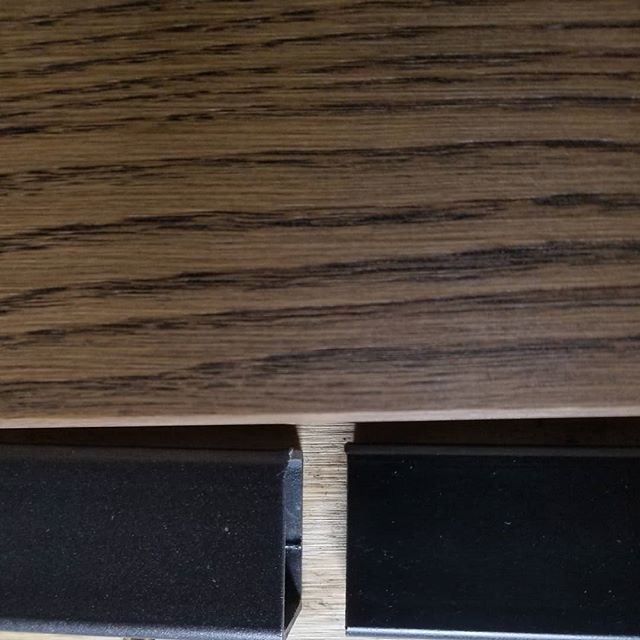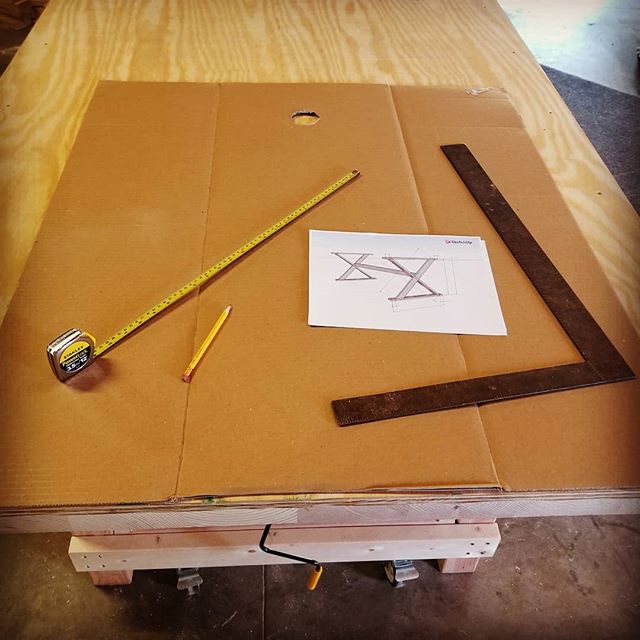Finding the right stain for a project is never easy. To compound the decisions, this will be used throughout the house. When looking at other woodworkers around the internet, it looks like Rubio is a trend that is worth trying. Using a stain with a hardener is a first for me. Usually, it’s the wipe on, wipe off stain. Rubio has an additional hardener to mix in the stain. There are a couple notes from this experience. On a flat surface, not much product is needed. The clock is more important as a result of the hardener. Once the Rubio is on, and the time has elapsed, there is some polishing needed to complete the process. This stain takes well to white oak. The pine that is used on the drawer sides of this desk project didn’t take the Rubio quite as well. Birch didn’t do too well, but not as well as the oak. One thing is sure, make sure the sanding and prep work is complete and done well before applying any finish.
Paint is Tough to Choose
Trying to decide which paint will match the wood better. They are very close. The sample on the left has some bronze flecks. Probably the sample on the right. It’s a bigger decision than just his one piece of furniture. This scheme of white oak, black Rubio, and black metal will be used throughout the house. Trying to get the right color of paint is challenging. When a good color is chosen, run your fingernail on the paint. See if it changes. A few shades were ruled out because of the lack of durability. Try to think of as many minor types of damage it can get, and try it on a scrap.
Template time
Woodworking on the desk project is at a point where some staining needs to happen. Unfortunately, the weather is not warming up enough for the stain to be applied. The woodworking is being set aside. The legs on the other hand are metal. Cutting the metal is easy. Cutting it precisely is more difficult.
Templates are a good way to figure out sizes and angles needed to assemble a combination of pieces. In this case, even with a drawing, we know the length of the individual pieces and even the angles. There are some details that are hard to translate from a drawing to the material. Unless you have fine metalworking tools, angles can be difficult to make precise. Sure, we know I need an 82.3 degree angle. We don’t have a way to make the angle cut. I have a grinder and a porta-band. They are both handheld tools that are only as accurate as I can hold them. Here with a template, I can take little nibbles from the metal until they match. Once all the metal is cut, the metal can be held down to the template and tack welded to check fitment. Once one table leg is complete, the second will be easier.


